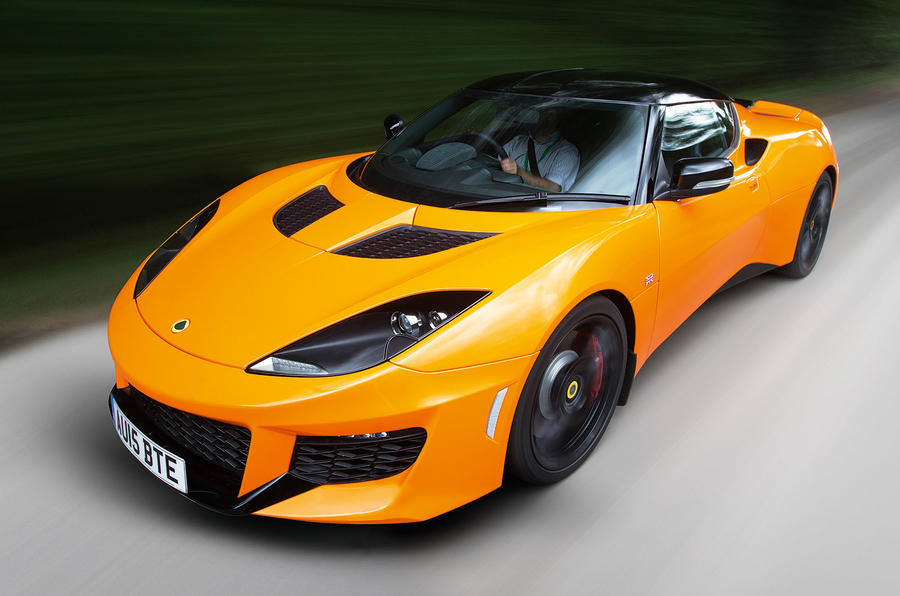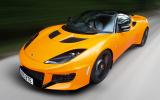What is it?
It’s newer than it appears. It’s the Lotus Evora 400 and, although it might look like it has just had a nip and a tuck at either end, apparently more than two thirds of its parts are new or revised.
Most notable among those are the addition of a charge cooler for the Toyota-sourced 3.5-litre V6 engine, allowing the motor a power peak of 400bhp – up 50bhp on the model it replaces. There’s a weight reduction of 42kg, too (which is actually about 60kg given that the new cooling adds 20kg), rendering the kerb weight a gnat’s under 1400kg.
Less obvious but more significant is what has gone on elsewhere. Lotus has revised the extruded and bonded aluminium tub, lowering the sills by 56mm and reducing their width by 43mm in order to make getting in and out of the car easier without affecting the 27,000Nm/deg torsional rigidity. There’s a touch more space in the footwell, too, while the cabin has been revised to make it not just easier to use but also more attractive to look at.
Then there are the even grubbier, even more detailed changes which, this being a motoring piece about a Lotus, I’ll assume you’re interested in.
Mechanically, the AP Racing brakes are similar to those on the old Evora S but are now larger in diameter (370mm at the front, 350mm at the rear), while the steering rack, which is the same 2.8-turn one that gave such exquisite feel before, is mounted lower to reduce bump-steer at the expense of some steering feel. Apparently that's an important change because the Evora 400 has been given more toe-in in order to make it feel more agile, and if you didn’t also reduce the bump-steer it would tramline too much.
Springs and dampers are firmer because the performance has increased and Lotus would like to make the Evora a little harder-edged, so along with the power increase comes a Quaife-sourced mechanical limited-slip differential, which should prevent excess power being wafted away by a spinning inside wheel.
Tyres are now from Michelin and they’re Pilot Supersports, and although they have the same dimensions at the front as before (235/35 ZR19s), they’re wider by 10mm at the rear (now 285/30 ZR20s) in order to increase traction.
Around Lotus’s Hethel test track (once pockmarked like the bits of road your local council have ignored the longest but, post-Bahar, a worktop-smooth handling circuit, the Evora 400 is seven whole seconds faster than the previous supercharged Evora and as fast as a Lotus Exige S - albeit, Lotus reckons, rather less tiring than the latter. It also now costs about £73,000 (£72k plus on the-road costs).
















































Join the debate
Add your comment
same comments every time
in the last year or so lotus have made awesome progress in every area, both with the cars and as a business, and yet whenever there's an article about something people just complain, same things every time, even if the only thing they can think of is the colour of the press car! if they sold them £20,000 cheaper they probably would sell more of them, but as a company it'd be financial suicide. you all appear to think that somehow - just because it's a lotus - it should have porsche build quality, all the interior toys, and have the weight of a caterham, for around £50,000. not realistic at all! given twice the budget, most other companies would struggle to do half of what lotus are currently doing.
Want to love it
Otherwise it's looking a tad pricey for a Toyota-powered sun-supercar.
When I think about the Evora....